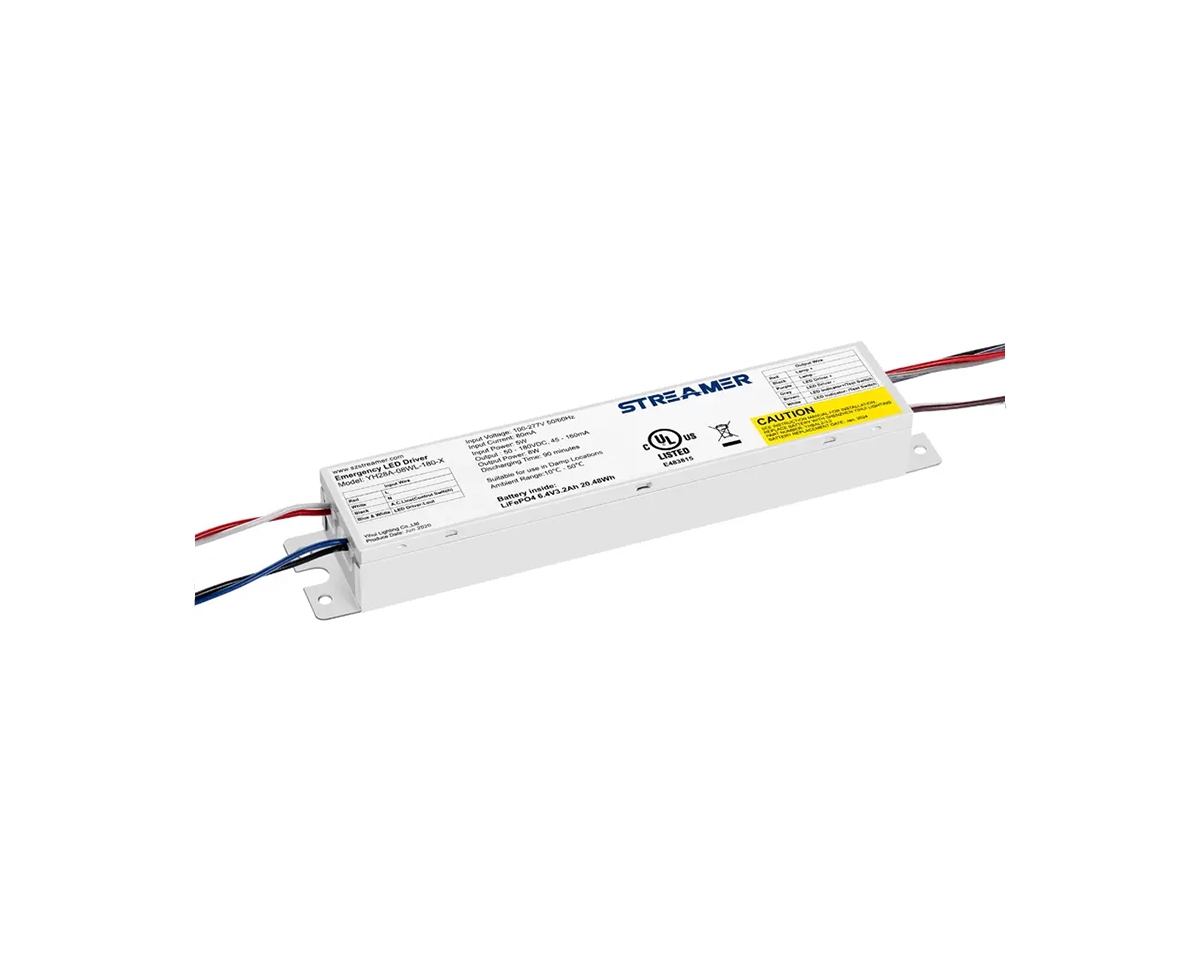 1
1
 Jun 06, 2025
Jun 06, 2025

Optimizing the lighting configuration of LED emergency converters is essential for enhancing visibility, energy efficiency, and overall performance during emergency situations. A well - configured lighting system can make a significant difference in guiding people to safety and providing necessary illumination.
One of the primary aspects of optimization is the selection of appropriate LED types. Different LEDs have varying luminous efficacy, color rendering indices (CRIs), and color temperatures. For emergency lighting, high - luminous - efficacy LEDs are preferred as they can produce more light output with less energy consumption, extending the operating time of the emergency lighting system. LEDs with a high CRI are also beneficial as they can accurately reproduce colors, which is crucial for people to identify signs, exits, and other important visual cues in emergency scenarios. Regarding color temperature, a range between 3000K - 5000K is often recommended. Warmer color temperatures (around 3000K) can create a more comforting and less harsh lighting environment, while cooler temperatures (around 5000K) offer better visual acuity and are suitable for areas where detailed visibility is required.
The layout of the LED lights is another critical factor. In large - scale emergency lighting applications, such as in commercial buildings or public facilities, a well - planned layout ensures uniform illumination across the entire area. Spacing the LEDs evenly and considering factors like the height of installation and the area to be covered can prevent dark spots and ensure that all areas are adequately lit. Additionally, using optical components such as lenses and reflectors can further optimize the light distribution. Lenses can focus the light in specific directions, while reflectors can redirect and spread the light, improving the overall lighting efficiency and coverage.
Dimming control is also an important aspect of lighting configuration optimization. In some emergency situations, full - brightness lighting may not be necessary or may even be distracting. Implementing a dimming system allows the LED emergency converter to adjust the light intensity according to the specific requirements of the emergency scenario. This not only saves energy but also provides more flexible lighting options, enhancing the usability of the emergency lighting system.